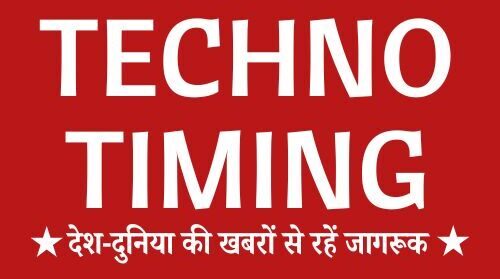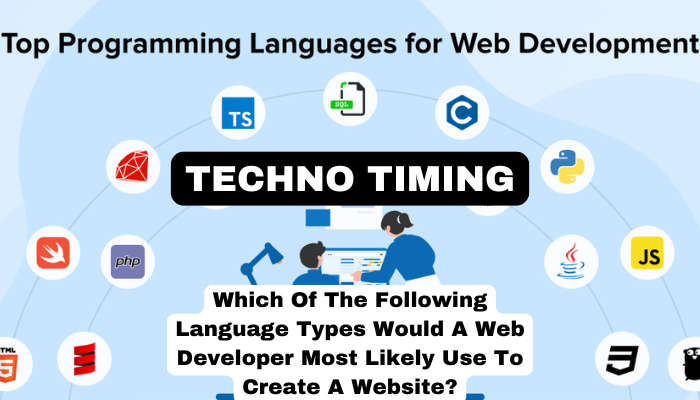Top Language Types for Web Development: Which One is Right for Your Website?
The question is which of the following language types would a web developer most likely use to create a website. In today’s digital age, web development has become an increasingly crucial skill. Whether you’re building a simple personal blog or a complex e-commerce platform, understanding the various programming languages and technologies used in web development is essential. This comprehensive guide will explore the key tools that web developers rely on to create stunning, functional websites.
Web development encompasses a wide range of technologies, each serving a specific purpose in bringing a website to life. From structuring content to styling layouts and implementing dynamic functionality, different languages and frameworks work together to create the seamless web experiences we enjoy daily. Let’s dive into the world of web development and explore the languages and technologies that power the modern internet.
Key Languages for Web Development
-
HTML (Hypertext Markup Language)
HTML is the backbone of every website. It’s a markup language used to structure content on the web. Key features include:
- Semantic tags for improved accessibility and SEO
- Support for multimedia elements like images, audio, and video
- Integration with other web technologies
Use case: Creating the basic structure and content of web pages
-
CSS (Cascading Style Sheets)
CSS is responsible for the visual presentation of web pages. It allows developers to control layout, colors, fonts, and responsive design. Notable aspects include:
- Flexbox and Grid systems for advanced layouts
- Media queries for responsive design
- CSS animations and transitions
Use case: Styling web pages and creating responsive designs
-
JavaScript
JavaScript is a versatile programming language that adds interactivity and dynamic behavior to websites. Key features include:
- Client-side scripting for enhanced user experiences
- Asynchronous programming with Promises and async/await
- DOM manipulation for dynamic content updates
Use case: Creating interactive web applications, form validation, and dynamic content loading
-
PHP (Hypertext Preprocessor)
PHP is a server-side scripting language widely used for web development. Its strengths include:
- Easy integration with databases
- Large ecosystem of frameworks and libraries
- Excellent documentation and community support
Use case: Building dynamic websites, content management systems, and e-commerce platforms
-
Python
Python is a versatile language that’s gaining popularity in web development. Key features include:
- Clean, readable syntax
- Extensive library support
- Strong data processing capabilities
Use case: Backend development, data analysis, and machine learning integration in web applications
-
Ruby
Ruby is known for its elegant syntax and developer-friendly features. Notable aspects include:
- Convention over configuration principle
- Robust ecosystem with Ruby on Rails framework
- Emphasis on code readability and maintainability
Use case: Rapid application development and prototyping
Frameworks and Libraries
To streamline development and enhance functionality, web developers often rely on frameworks and libraries. Some popular options include:
- React: A JavaScript library for building user interfaces, known for its component-based architecture and virtual DOM.
- Angular: A comprehensive framework for building scalable web applications, offering features like two-way data binding and dependency injection.
- Vue.js: A progressive JavaScript framework that’s easy to learn and integrate into existing projects.
- Bootstrap: A CSS framework that provides pre-designed components and responsive grid systems for rapid UI development.
- Laravel: A PHP framework that simplifies common web development tasks like routing, authentication, and caching.
- Django: A high-level Python web framework that encourages rapid development and clean, pragmatic design.
These tools can significantly speed up development time, improve code organization, and provide robust solutions for common web development challenges.
Database Integration
No discussion of web development would be complete without mentioning databases. SQL (Structured Query Language) is the standard language for managing relational databases. Key aspects of SQL in web development include:
- CRUD operations (Create, Read, Update, Delete) for data manipulation
- Joins for combining data from multiple tables
- Indexing for improved query performance
Web developers use SQL to interact with databases, storing and retrieving data for dynamic web applications. Popular database management systems include MySQL, PostgreSQL, and SQLite.
For applications requiring more flexibility with data structures, NoSQL databases like MongoDB are also gaining traction in web development.
Full-Stack Development
Full-stack development refers to the practice of working with both front-end and back-end technologies. A full-stack developer is proficient in:
- Front-end technologies: HTML, CSS, JavaScript, and related frameworks
- Back-end languages: PHP, Python, Ruby, or others
- Database management: SQL and/or NoSQL databases
- Server management and deployment
The advantage of full-stack development lies in the ability to understand and work on all aspects of a web application. This holistic approach can lead to more efficient development processes and better-integrated solutions.
For example, a full-stack developer might use:
- HTML, CSS, and React for the front-end
- Node.js with Express.js for the back-end
- MongoDB for the database
- Git for version control
- Docker for containerization
- AWS or Heroku for deployment
This combination of technologies allows for the creation of a complete, scalable web application from start to finish.
Conclusion
The world of web development is vast and ever-evolving. Understanding the various programming languages and technologies used in creating websites is crucial for anyone looking to enter or advance in this field. From the foundational trio of HTML, CSS, and JavaScript to server-side languages like PHP and Python, each technology plays a vital role in bringing web applications to life.
As you embark on your web development journey, remember that mastering these languages and technologies is an ongoing process. The field is constantly evolving, with new frameworks and tools emerging regularly. Stay curious, keep learning, and don’t be afraid to experiment with different technologies to find the stack that works best for your projects.
By building a strong foundation in these core languages and technologies, you’ll be well-equipped to tackle a wide range of web development challenges and create innovative, efficient, and user-friendly web applications. Whether you’re aiming to specialize in front-end design, back-end functionality, or full-stack development, the skills you develop in these areas will be invaluable in your career as a web developer.
Also Read: Top Essential Accessibility Testing Tools for Web Developers to Ensure Inclusive Online Content


